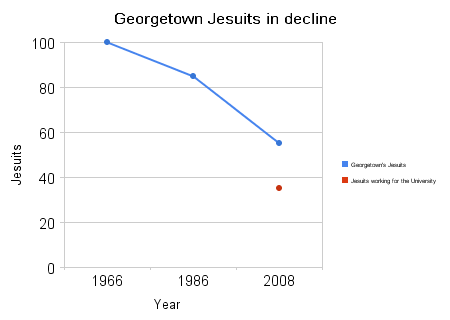 Fr. Francis X. Clooney, S.J. has written a long negative piece in In All Things (America Magazine Blog) on SSPX, included in his post he talks about a former America editor, Fr. Leonard Feeney, S.J. (M.I.C.M.)
Fr. Francis X. Clooney, S.J. has written a long negative piece in In All Things (America Magazine Blog) on SSPX, included in his post he talks about a former America editor, Fr. Leonard Feeney, S.J. (M.I.C.M.)
An excerpt.
I did find an interesting pair of articles in debate with Fr. Leonard Feeney, SJ, on salvation outside the Church. Working at St Paul's Parish and the Catholic Student Center at Harvard in the 1940s, Fr Feeney had argued that the consistent position of the Church should be that no person, Christian or non-Christian, outside the Church could be saved. All were damned.
To be candid, I expected that the SSPX website would embrace Fr. Feeney’s stance — but in fact the site does not.Rather, a 1986 article, “Fr. Feeney and Catholic Doctrine,” argues against the Feeney view, and asserts rather that while one must be baptized to be saved, there are, in addition to baptism by water, also baptism by blood and by desire - that is, by martyrdom and by a deep (and sometimes implicit) longing to participate in Christ. This teaching, vaguely familiar to me from the catechisms of my youth,
Link (here)
Who is Fr. Leonard Feeney, S.J. (M.I.C.M)?
"One of the most outstanding prophets of our time." — Hamish Fraser
"The greatest theologian we have in the United States, by far." — Rev. John J. McEleny, S.J., (Father's Jesuit Provincial)
During the 1930's he was literary editor of America, the Jesuit-run Catholic monthly. At the same time, his books, published by some of the major publishers of that time, were becoming standards in Catholic schools and homes all across the country. They include Riddle and Reverie (MacMillan, 1936), Song for a Listener (MacMillan, 1936), You'd Better Come Quietly (Sheed and Ward, 1939), The Leonard Feeney Omnibus (Sheed and Ward, 1943), Your Second Childhood (Bruce Publishing Company, 1945) Mother Seton, an American Woman (Dodd, Mead & Company, 1948), Survival Till Seventeen (Sheed and Ward, 1948).
Father's genius as a writer, speaker and theologian, was attested to by some of the most prominent Catholic figures of his day. Bishop Fulton Sheen once said that the only substitute he would allow on his radio show was Father Feeney. Frank Sheed, of Sheed and Ward said, "For Father Feeney, dogma is not only true; it is breathlessly exciting. That is his special vocation. . . to make his readers feel the thrill."
During Father's days at Oxford, Lord Cecil, the famous Oxford don admitted, "I am getting more out of my association with Leonard Feeney than he could possibly get from me." Of the Jesuit's writing, Cecil said, "it shines with a pure, clear light."
Link (here)
The Latin phrase Extra Ecclesiam nulla salus means: "Outside the Church there is no salvation". This expression comes from the writings of Saint Cyprian of Carthage, a bishop of the third century. The axiom is often used as short-hand for the doctrine, upheld by both the Eastern Orthodox Church and the Roman Catholic Church, that the Church is absolutely necessary for salvation. The theological basis for this doctrine is founded on the beliefs that (1) Jesus Christ personally established the one Church; and (2) the Church serves as the means by which the graces won by Christ are communicated to believers.
Link (here)
All Salvation Comes through Christ, by Pope John Paul II (here) May 31, 1995



 HISTORICAL NOTES
HISTORICAL NOTES



















